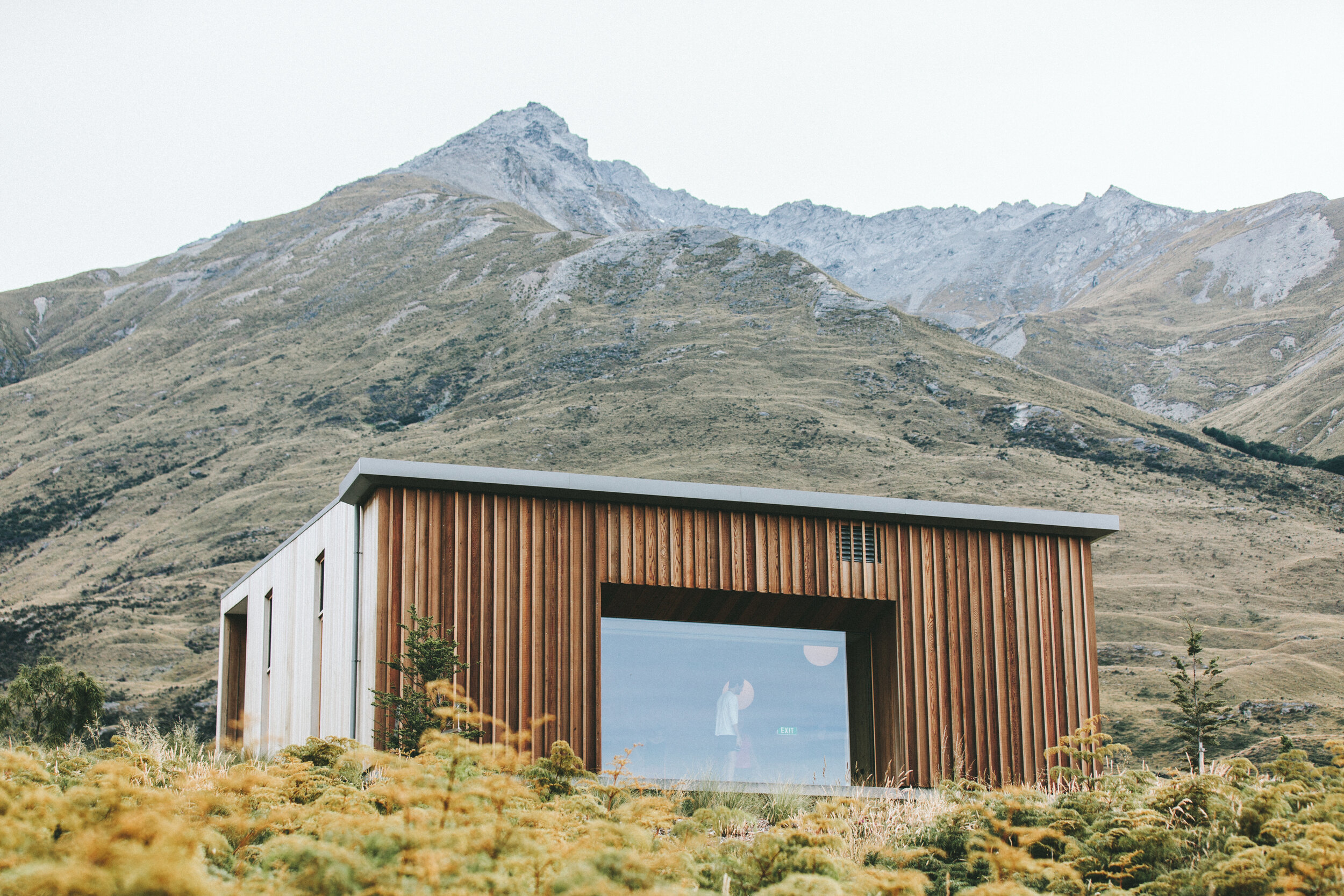Insights
The business case for healthier interiors is straightforward, lift Return on Wellness and you lift NOI. When cashflows are steadier, values follow. Our role is to measure RoW on the Cavernton Scale, then convert that into actions that move rent, absorption, costs and risk, without inflating capex.
For FAQ please scroll down to the end of this page.
How ROW becomes ROI
-

Income and uptake
What moves
Achievable rent and faster lettings or sales where the market allows, lower vacancy, fewer concessions. Independent studies show mid single digit rent premiums for healthier buildings, which capitalise over the hold.Signals to track
Asking versus achieved rent, time to let or sell, renewal rate
Review scores and complaints linked to air, odour, moisture
Absorption versus local comparables
Proof we count
Before and after Cavernton Scale score, Hydro-Air visual capture that clarifies sources, trend charts for particulates, VOCs, CO₂ and humidity, short interviews to align data with lived use.Impact example
Marketing with a verified Scale score and clear narrative supports premium capture and steadier occupancy from year one. -

Operating Efficiency
What moves
Fewer defects and rework tied to air, odour and damp, better staff stability in managed assets, leaner energy from balanced airflow and moisture.Signals to track
Work orders per unit, odour-related call-outs, damp or mould incidents
Agency hours and overtime, cleaning chemistry spend
kWh per m² normalised for occupancy, filter-change intervals
Proof we count
Moisture profiling and, if indicated, specialist damp diagnostics, airflow and pressure balancing with impeller readings, materials and chemistry review to prevent secondary reactions, for example formaldehyde formation.Payback
A focused IEQ allocation often repays through savings and stability within two to three years, after which gains compound into NOI. -

Risk & Valuation
What moves
Fewer inspection issues and liabilities, stronger reputation, tighter yields rather than penalties. Compromised assets suffer yield widening, values fall.Signals to track
Inspection outcomes and regulator queries
Incident logs for damp, odour, IAQ alerts
Yield movement in valuations, exit conversations referencing lived conditions
Proof we count
Light evidence packs aligned to sector expectations, optional monitoring with alerts to prevent drift, periodic re-scoring on the Cavernton Scale to show durable performance.Ten-year model, £10m asset
Baseline 4.0 percent total return, value after ten years £14,802,443.
With RoW, conservative 6.0 percent, £17,908,477, uplift +£3,106,034.
With RoW, moderate 9.0 percent, £23,673,637, uplift +£8,871,194.
These ranges match measured improvements where interiors move from Ordinary to Cultivated, premium and stability effects are capitalised.
FAQs
What makes Cavernton different from certifications like BREEAM, LEED or WELL?
A: Certifications are broad, checklist-based, and expensive. Cavernton is focused and dynamic. We address the real drivers of wellbeing and ROI such as air, materials, and mould prevention, not box-ticking categories like bike racks or chair ergonomics.
What risks do you prevent that others often miss?
A: Hidden issues like mould growth, moisture migration, and material off-gassing. Left untreated, these silently erode property value, tenant health, and operating income.
How can I be sure I get my money’s worth?
A: Our consulting fee is a fraction of certification costs. We prove value through measurable indoor quality improvements and ROI gains (typically lifting returns from 4% to 6–9% p.a.).
How soon will I see a financial benefit?
A: Typically within 1 - 3 years. Healthier interiors achieve higher rents, faster lease-up, and lower maintenance compounding into millions of additional value over a 10-year hold.
Does your approach increase my build or renovation costs?
A: No. We work with the same contractors and material budgets. Our guidance is about choosing smarter, not spending more. The only additional cost is our consulting fee which is countered by lifting your returns, quickly.
Is this only for high-end or luxury developments?
A: Our method scales. Upper-mid to prime residential, commercial offices, and care facilities all benefit, because tenants and buyers increasingly demand healthy environments.
